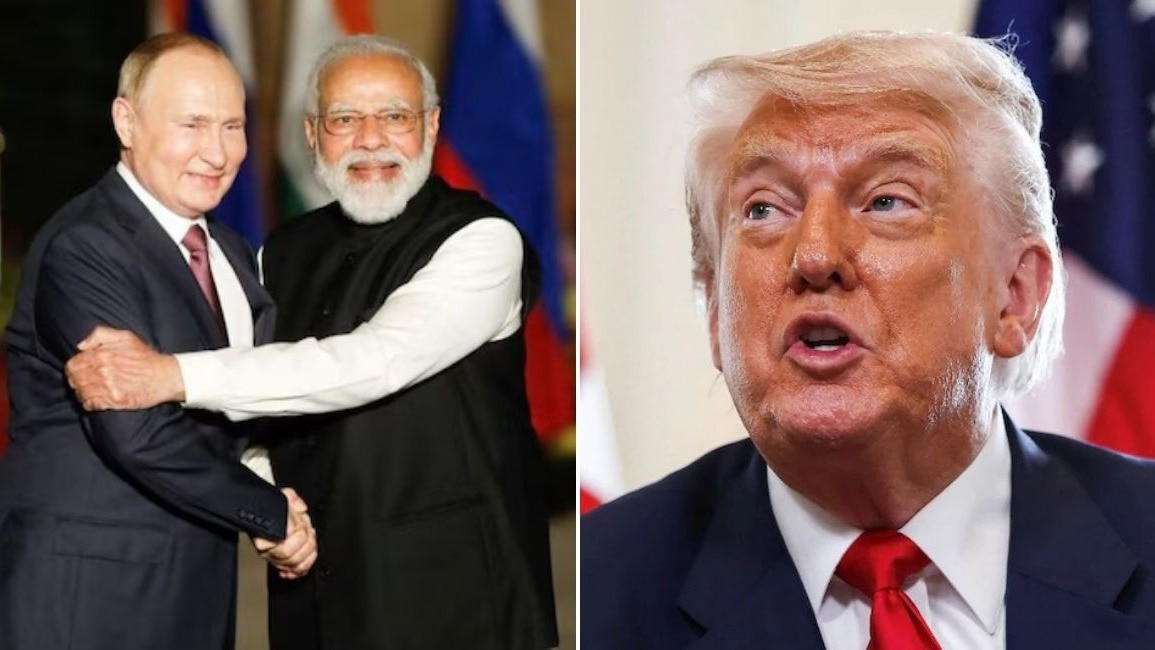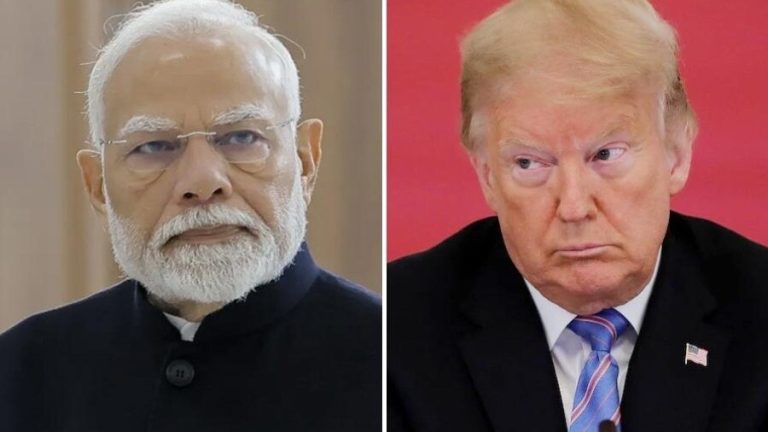Just days ahead of the August 1 deadline, US President Donald Trump announced a 25% tariff on Indian exports, accompanied by an additional penalty. The move has reignited fears of trade disruption and economic loss, especially as the figure aligns with the 26% tariff first announced on April 2. Industry leaders and economists are now warning of a potential GDP hit and a blow to India’s export competitiveness, while also urging both nations to accelerate efforts toward a bilateral trade agreement.
Posting on Truth Social, Trump reiterated his grievances against India’s trade practices, citing its “high tariffs” and continued purchases of Russian oil and military hardware. While referring to India as a “friend,” he maintained that it would still face punitive trade measures starting August 1.
Economic experts had previously flagged concerns over the impact of such tariffs. A 26% duty, they estimated, could lead to a $30 billion reduction in India’s GDP, around 0.7% of the $4.3 trillion GDP projected for end-2025 by the International Monetary Fund (IMF). With an additional penalty now factored in, the economic repercussions could be more severe.
Aditi Nayar, Chief Economist at ICRA, said, “When the US initially imposed tariffs, we had cut our FY2026 GDP growth forecast to 6.2%, assuming weaker exports and delayed private capex. Now, with both tariffs and penalties on the table, the headwinds have intensified. The full extent will depend on the scale of the penalty imposed.”
Brokerages including Macquarie and Goldman Sachs have also issued cautionary notes. Macquarie estimated that a blanket tariff exceeding 20% could reduce GDP by over 50 basis points, while Goldman Sachs projected currency pressure, expecting the rupee to weaken against the U.S. dollar. The RBI is unlikely to intervene heavily, the firm noted.
Harsha Vardhan Agarwal, President of FICCI, expressed disappointment over the US decision. “FICCI is disappointed by the decision taken by the U.S. to levy a 25% tariff on exports from India and impose secondary sanctions. While this move is unfortunate and will have a clear bearing on our exports, we hope that this imposition will be a short-term phenomenon and that a permanent trade deal between the two sides will be finalised soon.”
He added, “India and the U.S. have a long-standing partnership across sectors like technology, defence, energy, and advanced manufacturing. FICCI is confident that following the detailed deliberations underway, we will see mutually beneficial outcomes when the contours of the final trade agreement emerge.”
India has been negotiating a BTA with the U.S. since early 2025. However, according to sources, certain US demands are perceived to be against India’s national interest, and the government has so far resisted agreeing to them. A U.S. delegation is expected in India in late August for the sixth round of talks. Officials are optimistic that negotiations could be concluded by September or October this year.
US remains a vital export market for Indian goods and services. Industry leaders are advocating for a long-term, stable trade framework rather than a rushed pact. As Commerce and Industry Minister Piyush Goyal has reiterated, India will prioritise national interest over self-imposed deadlines.
Hemant Jain of PHDCCI remarked that while the tariffs create immediate disruption, they also signal opportunity. “Global buyers are looking to de-risk from overdependence on select geographies. India—democratic, scalable, and resilient—can fill that vacuum,” he said, calling on Indian MSMEs to step up on quality, compliance, and global competitiveness.
On Wednesday, President Trump announced new 25% tariffs on Indian imports, effective August 1. He also hinted at an unspecified penalty. Trump linked the decision to India’s continued defense and energy ties with Russia, stating that India’s “far too high” tariffs and “obnoxious non-monetary Trade Barriers” have historically hindered business between the two nations.
This comes as Indian imports to the U.S. are already subject to increased duties, including a 10% baseline tariff for most nations, 50% on steel and aluminum, and 25% on automobiles and components.
Despite these trade challenges, India’s goods exports to the U.S. grew to $25.52 billion in April and May 2025, up from $20.89 billion in the corresponding period last fiscal year.






